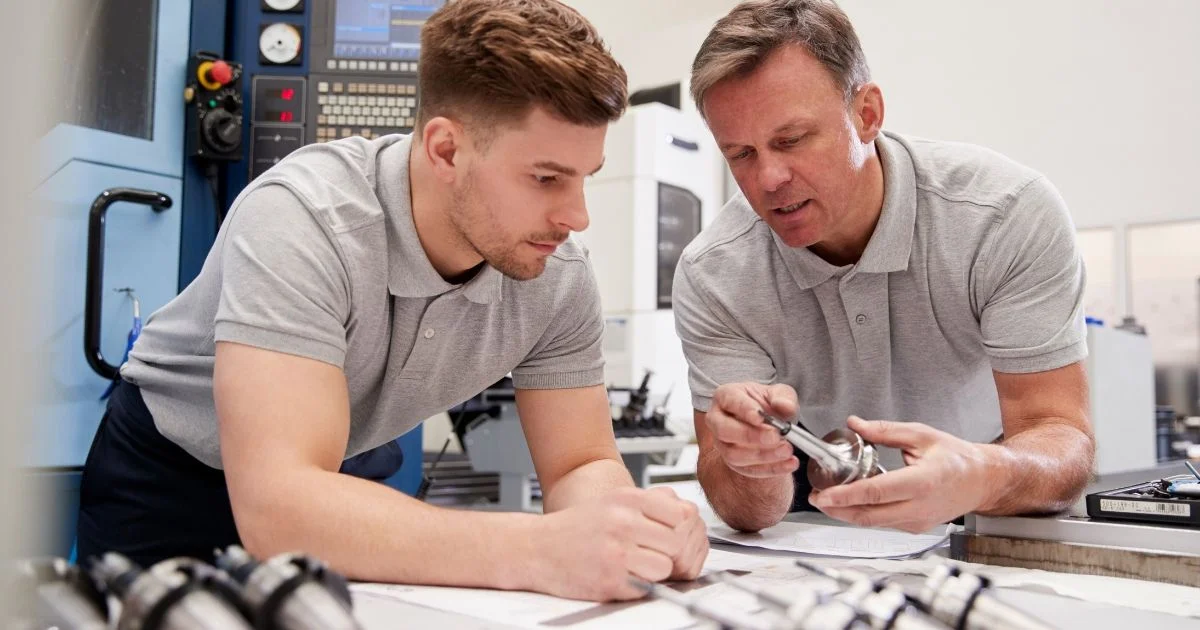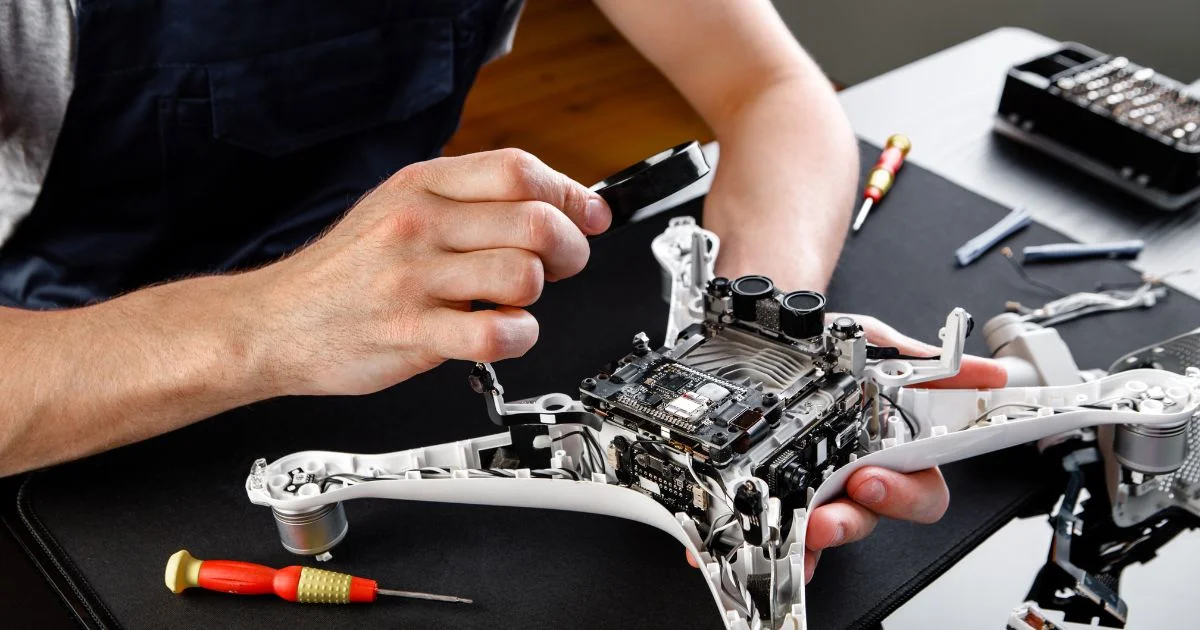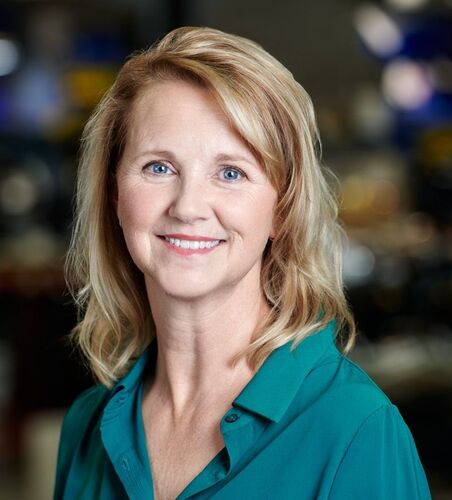
We collect basic website visitor information on this website and store it in cookies. We also utilize Google Analytics to track page view information to assist us in improving our website.

In magnetics manufacturing, production delays often start at the supplier level. Vendor relationships, then, aren’t just a procurement concern. They’re a core part of performance, especially when you’re delivering high-reliability magnetics for industries like aerospace, green tech, or automation.
When transformers, inductors, and custom assemblies need to meet demanding specs, timeline precision and quality assurance become inseparable. At Electronic Craftsmen, we’ve seen firsthand how the right partnerships can make or break an order. That’s why we’ve spent over a decade working with vetted vendors who understand the stakes—and operate with the same standards of precision we do.
Outsourcing isn’t new in electronics. But when it comes to magnetic components, many teams still underestimate the hidden risks of choosing offshore vendors with no proven track record.
On paper, a lower unit cost might look like a win. But when quality issues surface or timelines fall apart, that initial savings disappears. Common issues include:
Inconsistent quality control: A core material substitution, a sloppy winding pattern, or an under-cured encapsulation can lead to early failures and field returns.
Communication breakdowns: Language barriers, engineering misinterpretations, or lack of real-time visibility can derail even simple adjustments.
Timeline disruptions: Customs delays, unexpected shortages, or inflexible shipping timelines can grind your build schedule to a halt.
These risks are amplified in high-spec sectors like aerospace and defense. We’ve seen programs stall over millimetre deviations and missed test protocols. That’s why every component in our supply chain is QA-tested, traceable, and sourced through relationships that prioritize long-term reliability.
These real-world obstacles demonstrate why Electronic Craftsmen maintains rigorous qualification standards. We don’t just approve vendors; we integrate them into our process. That means ongoing quality audits, spec reviews, and process feedback loops that catch issues early and prevent them from recurring.
Our goal isn’t just to find a supplier. It’s to maintain a supply chain that operates at the same level of engineering discipline we apply internally.
Many of Electronic Craftsmen’s vendor partnerships go back more than ten years. That history creates a level of alignment that’s hard to replicate with new or untested suppliers. When a vendor understands not just what you’re building, but why certain specs matter, the entire process runs smoother.
These partnerships bring real advantages:
Shared context: Vendors familiar with our transformer geometries or potting requirements don’t need re-training on every order.
Proactive adjustments: A trusted vendor will flag a material lot that could compromise dielectric strength before it ever reaches the floor.
Faster iteration cycles: When design tweaks happen mid-program, our vendors can pivot quickly—because they’re already aligned on quality benchmarks.
That kind of embedded understanding becomes critical when tolerances are tight, specs are complex, and deadlines leave no room for error.
It’s also what enables flexibility under pressure. Whether it’s a sudden ramp-up in production or a last-minute change to thermal insulation standards, long-standing partners are more likely to adapt without causing delays.
And when global material shortages hit, it’s those same relationships that quietly keep things moving.
Electronic Craftsmen doesn’t avoid offshore sourcing—we optimize it. Our approach balances global reach with domestic control, blending cost efficiency with full conformance. We partner with qualified international vendors for sourcing, but final assembly and QA happen here in Ontario.
Every part goes through:
Domestic inspection and functional testing using Voltech and in-house equipment
Thermal and corona testing in controlled lab conditions
Dielectric verification and visual QA to ensure zero defect delivery
This layered approach keeps costs in check while ensuring the same standards we’re known for: AS9100, ISO9001, MIL-PRF-27, and Class 220°C insulation conformance, just to name a few.
Some teams rely on our hybrid model to balance high-volume sourcing with aerospace-level QA. Others use our build-to-print services to localize complex winding or encapsulation steps. In every case, the vendor network is part of the solution—not the liability.
Our team handles complex builds requiring precision winding, multi-core assemblies, and encapsulation. Having this capability onshore allows us to move quickly when specs change, test requirements evolve, or a production delay needs a workaround. The offshore support provides material diversity and cost control. It’s a supply chain built to serve modern engineering needs without compromise.

In magnetics, time isn't just money—it's certification, audit-readiness, and launch clearance. A missed delivery window can mean rebooked test labs, late-stage redesigns, or lost client confidence. When a vendor consistently meets specs and timelines, they’re not just a supplier. They’re part of your risk mitigation strategy.
Our vendors know exactly how we prep, inspect, and pot these units. We build confidence into every quote, timeline, and customer commitment we make. That reliability becomes especially important in industries like rail and marine power systems, where environments are harsh and downtime is costly.
The ability to count on component consistency allows our clients to meet safety, reliability, and regulatory standards without added complexity. We’re proud to say many of our clients choose us not just for what we build but because of how predictable we make their operations.
Established magnetics manufacturers bring something invaluable to the table: a deep knowledge base built over thousands of projects. This experience translates to tangible benefits you can’t get from newer suppliers.
With over six decades of experience, Electronic Craftsmen has built a design library containing thousands of custom magnetic components. That archive is not just a number but a competitive advantage. In many cases, we’ve already solved variations of the challenges you’re facing today. Instead of starting from scratch, our team can adapt proven designs, reducing both development time and validation risk.
Experience also means having the right tools in place. Our facility includes vacuum encapsulation chambers, corona testing up to 20kVac, and thermal cycling capabilities ranging from -73°C to +190°C. These systems allow us to thoroughly validate performance in extreme conditions, long before any component reaches a customer site.
And perhaps most important: seasoned engineers. Our team knows which core materials excel in high-frequency switch-mode applications. We know how soldering methods affect long-term thermal behavior. And we know what tends to go wrong in aerospace, rail, or defense environments—because we’ve seen it. And we’ve built around it.
Magnetics is a specialized space. The performance of a custom inductor or pulse transformer depends on dozens of variables—core geometry, winding pattern, insulation class, soldering method, thermal behavior. Experience with these trade-offs makes vendors more than part suppliers. It makes them technical allies.
At Electronic Craftsmen, we extend that mindset into every design review. Whether we’re prototyping a high-voltage transformer for renewable energy or modelling thermal performance for a sealed assembly, our vendor network is looped in early. That means fewer surprises, faster validation, and smarter material use.
We continue delivering reliable custom magnetics without compromising on schedule or spec. From current sense transformers in lab equipment to ruggedized inductors for defense, every unit is an outcome of technical alignment and collaboration.
That collaboration often starts with vendor input during material selection, insulation review, or tooling considerations. Many of our vendors act as early-stage advisors, helping refine part manufacturability and reduce lead time risk before we ever wind a coil.
We also maintain a deep library of proven magnetic component designs, built over decades of production. This gives us the ability to adapt tested configurations to new challenges—helping reduce lead times and speed up qualification in industries where time to market is critical.
When evaluating magnetic component suppliers, it’s not just about specs or price points—it’s about trust, responsiveness, and long-term alignment.
Before you sign the next PO, ask:
Does this vendor understand our application environments and constraints?
Can they adapt to change without derailing timelines?
Do they bring engineering insight or just deliver parts?
The strongest vendor relationships don’t just check boxes. They improve outcomes across every stage of development and delivery.
In custom magnetics, consistent performance comes from more than in-house talent. It comes from the relationships that support your work behind the scenes.
That’s why Electronic Craftsmen has invested in vendor partnerships that last. Our network helps us meet demanding specs, turn around prototypes quickly, and avoid the hidden costs of poor communication or inconsistent QA. We don’t treat vendors as interchangeable. We treat them as extensions of our own commitment to reliability.
In this industry, long-term performance starts with long-term trust. Once earned, it becomes a key driver of resilience, innovation, and uptime for the clients we serve across aerospace, automation, and beyond.
If your next build demands precision, speed, and zero-surprise delivery—let’s talk. Our network is ready when you are.

